 What Gets Your Creative Engine Running?
What Gets Your Creative Engine Running?
Jessica McCann
Sometimes writing inspiration strikes in the oddest places. I recently attended a Barrett-Jackson car auction event with my husband and son. I’m not “into” cars, but the boys were going and I wanted to spend the Sunday afternoon with them. The loose itinerary was to walk around looking at cars that would go on auction later in the week, eat some greasy food and then head home in time to catch the fourth quarter of the Giants/Packers game. Other than a stomach ache, I had no idea what to expect.
I don’t really give a rat’s behind about horse power, reinforced chassis or original miles. I’m nerdy. I like books, and history, and books about history. So I was pleasantly surprised to discover the car show was oozing with history.
I was dazzled by a 1947 Bentley, which has won more than 50 “best of show“ honors in car events through the years (and sold for a cool $2.75 million the following weekend). Then there was the 1948 Tucker “Torpedo,” one of only 51 sedans produced in Chicago that year by American automobile designer and entrepreneur Preston Tucker (it sold for an astounding $2.9 million).
The 1964 Cadillac hearse that had carried President John F. Kennedy’s body from Parkland Memorial Hospital to the airport at Love Field mesmerized me. As I watched the crowd quietly mill around the vehicle reading the signage explaining its historical significance, my mind raced with questions about the lives this vehicle had touched and where it had been the past 48 years.
Suddenly, I was swept up in a wave of ideas — historical and fictional characters appearing in my mind’s eye, story plots taking shape in my day dreams as we walked the aisles of million-dollar cars. Then I saw a 1931 Ford model AA flatbed truck, and I was transported to another time and place altogether.
My current novel-in-progress is set in the 1930s American Dust Bowl, and my main character owns this very truck. It was never intended to be a critical element to the story – just a little historical detail to add authenticity to the work. My research online had uncovered vintage photographs of the Model AA, information about how and when it was made, and what it cost to buy new and used. None of that compared to standing next to the real deal. I was surprised how small it was, so much shorter and lower to the ground than today’s pick-up trucks. It made me wonder how the truck would handle on the rutted hardscrabble roads of the Depression-era Midwest. As I stood next to the vehicle (and fought the urge to ignore the “please do not touch” sign and run my hand along the cool, smooth hood), a scene formed in my mind like a black-and-white John Ford movie. I could see my novel’s heroine climbing in, firing it up and taking off down some dust-blown road.
Prior to that weekend, I had been struggling with my novel-in-progress, had hit a bit of a creative dry spell. That Sunday, I could have taken the 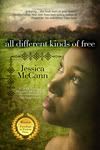 opportunity to write in a quiet house while the boys were out, to muscle through my writer’s block. You know, the old “butt-in-seat” approach. Instead, I played hooky, at a car show of all places, and found the inspiration I needed to get my creative engine running again.
opportunity to write in a quiet house while the boys were out, to muscle through my writer’s block. You know, the old “butt-in-seat” approach. Instead, I played hooky, at a car show of all places, and found the inspiration I needed to get my creative engine running again.
What gets your creative engine running?
Links to the cars mentioned:
1947 Bentley
1948 Tucker
1964 Cadillac hearse – JFK
1931 Ford AA truck
Jessica McCann, a professional freelance writer and novelist, lives with her family in Phoenix, Arizona. Her nonfiction work has been published in Business Week, The Writer and Phoenix magazines, among others. All Different Kinds of Free (http://www.AllDifferentKindsOfFree.com) is her award-winning debut novel. She welcomes interaction with readers and writers at her website (http://www.jessicamccann.com) and on Twitter (@JMcCannWriter).



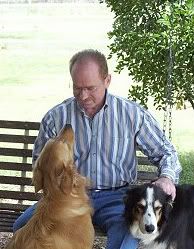
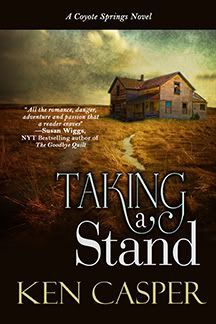









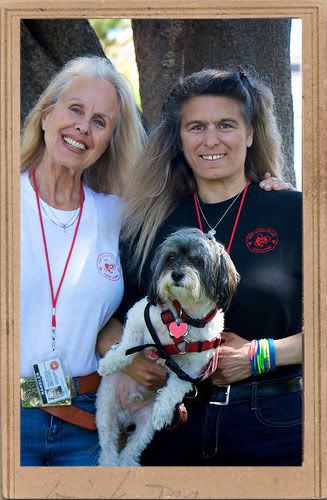


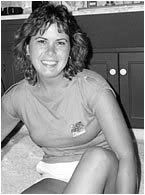
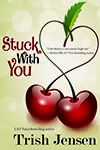



 think you’re weird if you hear voices in your head, because the odds are, they hear voices too.
think you’re weird if you hear voices in your head, because the odds are, they hear voices too.